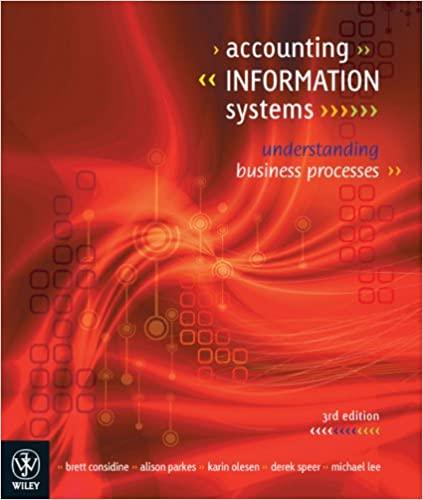



Raleigh Department Store uses the conventional retail method for the year ended December 31, 2019. Available information follows: a. The inventory at January 1, 2019, had a retail value of $35,000 and a cost of $29,050 based on the conventional retail method. b. Transactions during 2019 were as follows: Cost Retail Gross purchases $154,950 $390, 000 Purchase returns 5,500 4,000 30,000 Purchase discounts Gross sales Sales returns 341,000 5,000 Employee discounts Freight-in Net markups Net markdowns 4,000 30,500 15,000 30,000 Sales to employees are recorded net of discounts. c. The retail value of the December 31, 2020, inventory was $46,800, the cost-to-retail percentage for 2020 under the LIFO retail method was 80%, and the appropriate price index was 104% of the January 1, 2020, price level. d. The retail value of the December 31, 2021, inventory was $40,660, the cost-to-retail percentage for 2021 under the LIFO retail method was 79%, and the appropriate price index was 107% of the January 1, 2020, price level. Required: 1. Estimate ending inventory for 2019 using the conventional retail method. (Amounts to be deducted should be indicated with a minus sign.) Cost-to-Retail Ratio Cost Retail Beginning inventory Goods available for sale Cost-to-retail percentage Less: Net sales Sales Sales returns Employee discounts Estimated ending inventory at retail Estimated ending inventory at cost Required: 2. Estimate ending inventory for 2019 assuming Raleigh Department Store used the LIFO retail method. (Amounts to be deducted should be indicated with a minus sign.) Cost-to-Retail Cost Retail Ratio Beginning inventory Goods available for sale (excluding beginning inventory) Goods available for sale (including beginning inventory) Cost-to-retail percentage Less: Net sales Sales Sales returns Employee discounts Estimated ending inventory at retail Estimated ending inventory at cost Required: 3. Assume Raleigh Department Store adopts the dollar-value LIFO retail method on January 1, 2020. Estimating ending inventory for 2020 and 2021 Total ending inventory at dollar-value LIFO retail cost, 2020 Total ending inventory at dollar-value LIFO retail cost, 2021 Raleigh Department Store uses the conventional retail method for the year ended December 31, 2019. Available information follows: a. The inventory at January 1, 2019, had a retail value of $35,000 and a cost of $29,050 based on the conventional retail method. b. Transactions during 2019 were as follows: Cost Retail Gross purchases $154,950 $390, 000 Purchase returns 5,500 4,000 30,000 Purchase discounts Gross sales Sales returns 341,000 5,000 Employee discounts Freight-in Net markups Net markdowns 4,000 30,500 15,000 30,000 Sales to employees are recorded net of discounts. c. The retail value of the December 31, 2020, inventory was $46,800, the cost-to-retail percentage for 2020 under the LIFO retail method was 80%, and the appropriate price index was 104% of the January 1, 2020, price level. d. The retail value of the December 31, 2021, inventory was $40,660, the cost-to-retail percentage for 2021 under the LIFO retail method was 79%, and the appropriate price index was 107% of the January 1, 2020, price level. Required: 1. Estimate ending inventory for 2019 using the conventional retail method. (Amounts to be deducted should be indicated with a minus sign.) Cost-to-Retail Ratio Cost Retail Beginning inventory Goods available for sale Cost-to-retail percentage Less: Net sales Sales Sales returns Employee discounts Estimated ending inventory at retail Estimated ending inventory at cost Required: 2. Estimate ending inventory for 2019 assuming Raleigh Department Store used the LIFO retail method. (Amounts to be deducted should be indicated with a minus sign.) Cost-to-Retail Cost Retail Ratio Beginning inventory Goods available for sale (excluding beginning inventory) Goods available for sale (including beginning inventory) Cost-to-retail percentage Less: Net sales Sales Sales returns Employee discounts Estimated ending inventory at retail Estimated ending inventory at cost Required: 3. Assume Raleigh Department Store adopts the dollar-value LIFO retail method on January 1, 2020. Estimating ending inventory for 2020 and 2021 Total ending inventory at dollar-value LIFO retail cost, 2020 Total ending inventory at dollar-value LIFO retail cost, 2021










